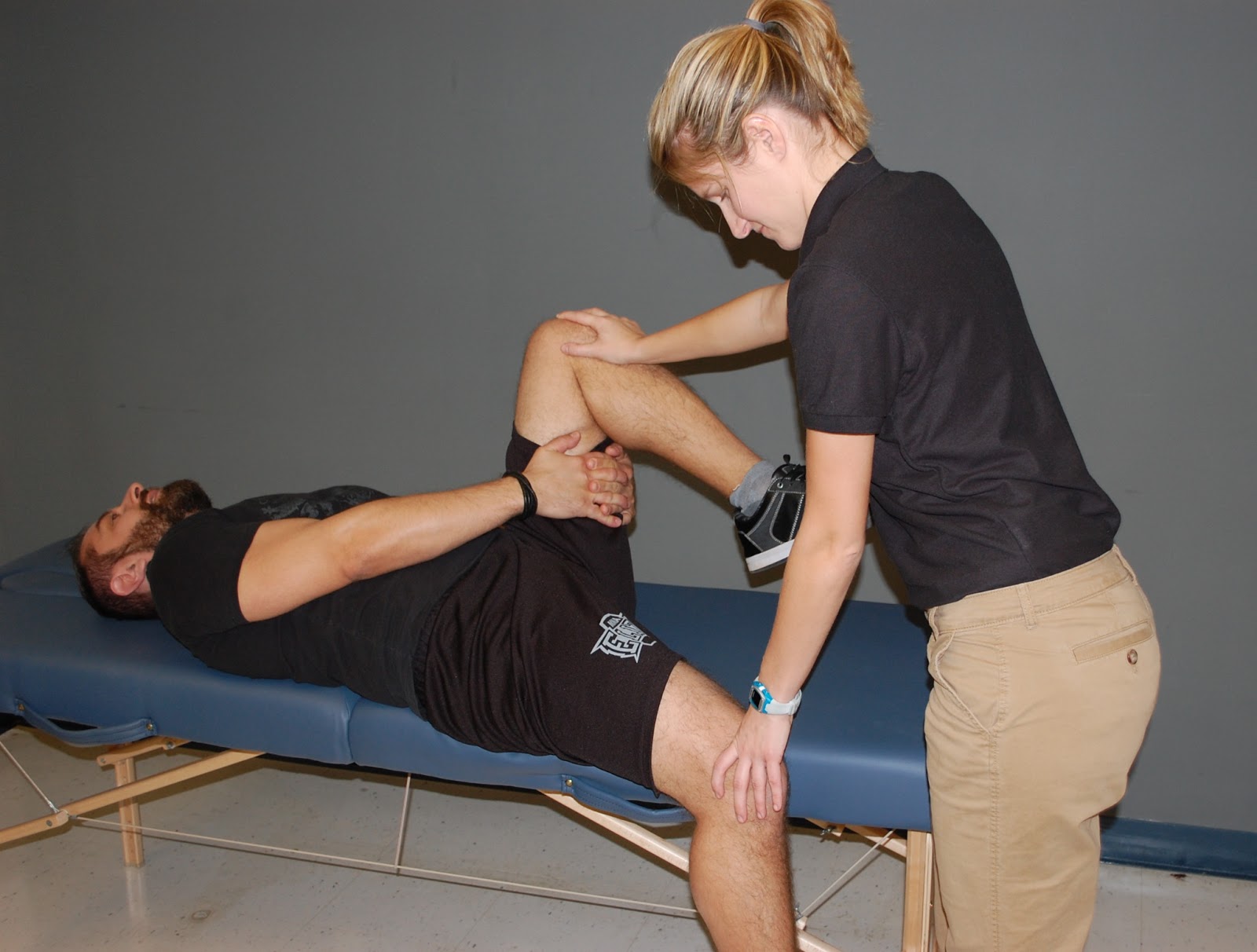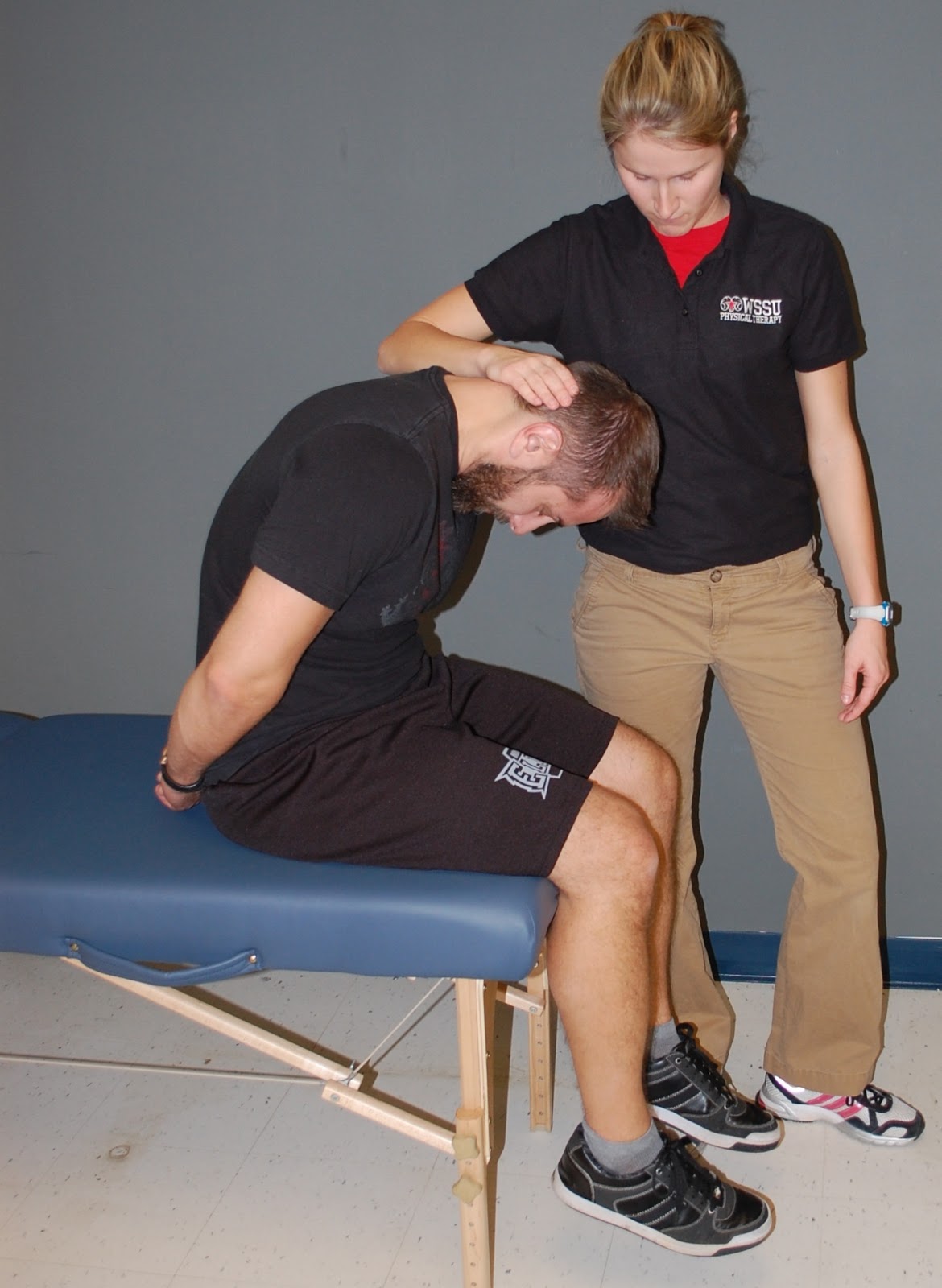iPod Spine: Lumbar Instability and Sacro-Iliac Joint Dysfunction
Students participated in this Blog: Brittany West, Dmitri Raetki-Solntev
Research Advisers: DR. Hamdy Radwan, Dr. Emma White
Welcome to our blog! This blog is designed to assist physical therapy students, teachers and practicing physical therapists. This blog was developed by physical therapy students and faculty of Winston Salem State University, physical therapy department. This blog provides detailed information and steps for administration of lumbar spine and sacro-iliac (SI) special tests.
Extensive clinical experience and a literary review were conducted to support the use of these tests. Detailed information is available regarding the procedure, alternative names, position of both patient and therapist, and references to use for future research by
viewers. Videos can be accessed to view the tests in action.
Such statistical parameters as sensitivity (true positive), specificity (true negative) and likelihood ratio (LR) are also at your disposal. You will find the information about each test identifying in what cases the test is considered positive (+) or negative (-).
We hope that you will use and find this blog helpful. Enjoy it!!!
Below is the list of special tests discussed in this blog:
1. Sacral Thrust Test
2. Compression Test
3. Distraction Test
4. Thigh Thrust Test
5. Lumbar Instability Test
6. Gaenslen’s Test
7. Patrick’s Test (FABER)
8. One Leg Standing Lumbar Extension Test
9. Straight Leg Raise Test
10. Slump
Test







